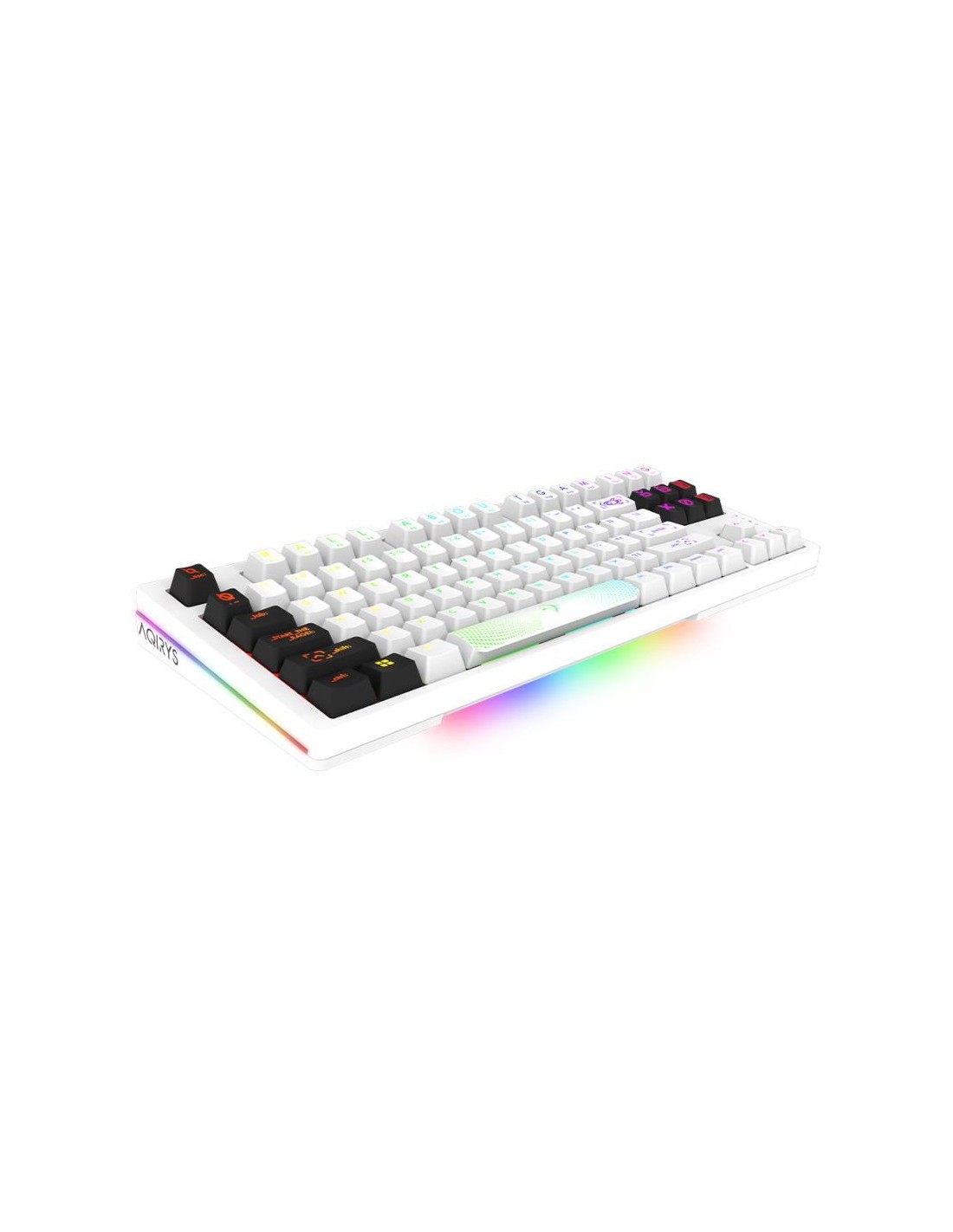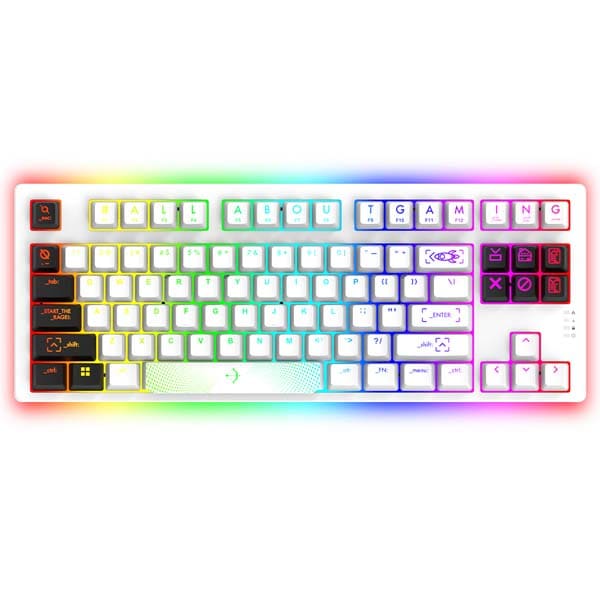
Tastatura Gaming Mecanica Wireless STEELSERIES Apex Pro TKL 2023, OmniPoint 2.0 Switch, RGB, USB, Layout US, negru

Tastatura mecanica gaming Xtrfy K4 TKL RETRO RGB Kailh Red Switch, US Layout (XTRFY-KEY-1204) | Istoric Preturi

Tastatura gaming mecanica Meetion MT-MK04 iluminare RGB, TKL, switch Outemu Blue, negru, USB | Meetion.ro

Tastatura gaming mecanica TKL Serioux Freya, iluminare rainbow, switch Outemu blue, negru - ELA65214

Tastatura gaming mecanica Razer BlackWidow V3 TKL, iluminare Chroma RGB, switch Razer Green, US Layout, Negru - eMAG.ro

Tastatura mecanica gaming Logitech G915 TKL, Ultraslim, Lightspeed Wireless & Bluetooth, Lightsync RGB, Switch Tactil, Negru Carbon - Vavo.ro


















